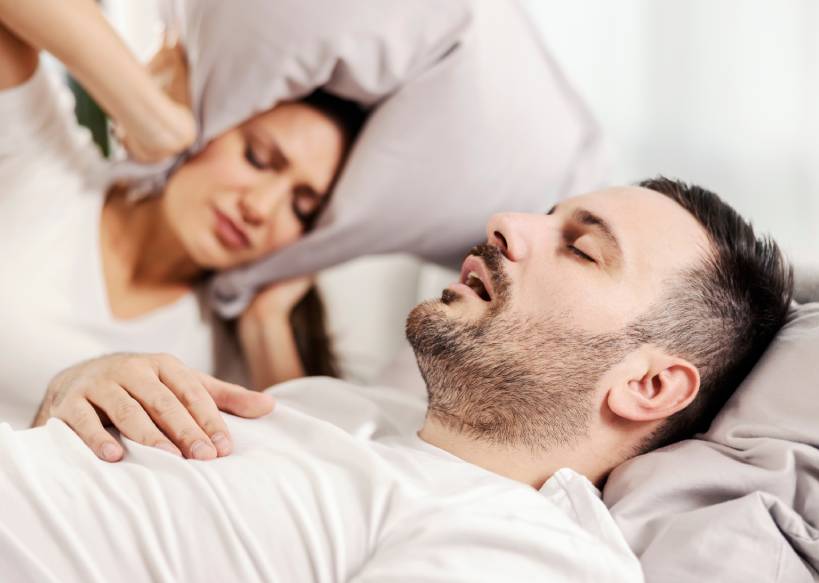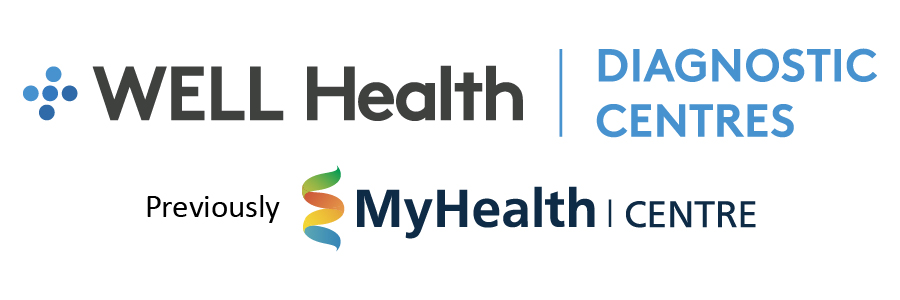NEWS & INSIGHTS
Silent Threat: Sleep Apnea without Snoring Explained

You’re probably familiar with the loud snoring that frequently accompanies sleep apnea if you’ve ever shared a bedroom with someone who has the condition. But not every instance of sleep apnea has this auditory symptom. A less common variation of this disorder is called “Silent Sleep Apnea” or “Sleep Apnea without Snoring”. It can be just as dangerous and occasionally harder to diagnose.
Introduction to Sleep Apnea without Snoring
Frequent breathing pauses characterize a common sleep disorder called sleep apnea while you’re asleep. Usually, one of the main symptoms of sleep apnea that comes to mind is loud snoring. But there’s a crucial difference to be noted between the silent kind of sleep apnea that we’ll discuss here and the more well-known kind that’s linked to snoring.
Understanding Sleep Apnea: Snoring vs. Silent Cases
According to Everyday Health, understanding the distinctions between the two forms of silent sleep apnea is critical before delving more into the disease.
Sleep Apnea with Snoring: One of the main symptoms of this type of sleep apnea is loud snoring. It happens when there is partial airway blockage, which produces a distinctive snoring sound. Because their bed companions or family members commonly notice their snoring, people with this type of sleep apnea frequently obtain an early diagnosis and attention.
Contrarily, as the name implies, silent sleep apnea does not present with the usual loud snoring that causes anxiety. Instead, those with this variation have breathing pauses while sleeping but don’t snore, says Helpguide.org. This makes it more challenging to diagnose and frequently causes a delay in diagnosis because people may mistakenly assume they don’t have a sleep issue if they don’t snore.
Silent Threat: Identifying Sleep Apnea without Snoring
The lack of snoring does not lessen the potential risk to your health from Silent Sleep Apnea. To identify this variation, one must also be aware of additional minor symptoms and signs, according to Sleepfoundation.org:
- Excessive Daytime Sleepiness: People with Silent Sleep Apnea frequently complain of daytime exhaustion and drowsiness, even after a full night’s sleep. This may affect routine tasks and output.
- Stops Breathing While Asleep: A bed partner or family member may occasionally notice the affected person’s breathing ceasing while asleep. This is a vital indicator that silent sleep apnea is present.
- Sudden Awakenings Associated with Shortness of Breath: People with silent sleep apnea may wake up in the middle of the night gasping for air or feeling out of breath.
- Morning Headaches: Silent sleep apnea can disrupt sleep, leading to frequent headaches.
- Difficulty Concentrating During the Day: Sleep disturbances can have a cognitive impact that includes memory loss, impatience, difficulty concentrating, and even mood swings like depression. Stress or overwork are frequently to blame for misdiagnosing these daytime symptoms.
Diagnostic Challenges and Approaches
Due to its distinct features, diagnosing silent sleep apnea can be difficult. Conventional techniques for diagnosing sleep apnea, like nightly polysomnography (PSG), also known as a sleep study, might not always be able to distinguish this variation. Although they are more accessible, home sleep apnea tests (HSATs) have the potential to overlook certain cases.
Recognizing the previously described symptoms—daytime tiredness, observed breathing pauses, morning headaches, and trouble concentrating—is typically necessary to diagnose silent sleep apnea. To decide whether more testing is required, medical professionals may employ instruments such as the Epworth Sleepiness Scale, a questionnaire that rates the intensity of symptoms.
Health Implications and Management
The health consequences of silent sleep apnea are similar to those of its snoring-related counterpart. If ignored, it may result in:
- Cardiovascular Problems: Because sleep apnea causes frequent reductions in blood oxygen levels during sleep, the cardiovascular system may be strained, regardless of whether snoring is a part of the condition. This strain can result in heart failure, cardiac arrhythmias, high blood pressure, and an increased risk of stroke.
- Daytime Fatigue: Silent sleep apnea sleep disturbance leaves people unable to get a good night’s sleep, which leaves them extremely tired and irritable during the day.
- Complications with Medications and Surgery: Sleep apnea can make conventional medical procedures more difficult, as well as sedatives or general anaesthesia, as these medications can potentially relax the airway and worsen the disease. This is true whether or not snoring is present.
Preventive Measures and Lifestyle Changes
The management of Silent Sleep Apnea is comparable to that of its snoring-related counterpart. The following are some essential preventive actions and beneficial lifestyle modifications:
- Weight Control: Keeping a healthy weight is important because being overweight raises the chance of developing sleep apnea. Significant reductions in weight, even modest ones, can be made in sleep difficulties.
- Avoid Alcohol and Sedatives: Steer clear of alcohol and sedatives before bedtime since these might relax the muscles in the throat and exacerbate sleep apnea.
- Adjusting Your Sleep Position: Your sleeping position can impact sleep apnea symptoms. Side sleeping is usually advised to avoid the tongue and soft tissues obstructing the airway.
- Give Up Smoking: Smoking might aggravate upper airway irritation and fluid retention. Reducing tobacco use may help with silent sleep apnea symptoms.
- Avoiding Large Meals Right Before Bed: Eating large meals right before bed might make you uncomfortable and worsen your sleep apnea symptoms.
- Clearing Nasal Passages: Take care of any blockages or congestion in the nose. The use of saline sprays or nasal decongestants can improve airflow.
Following these adjustments can help the symptoms of silent sleep apnea considerably and occasionally wholly. However, you must speak with medical professionals to receive individualized guidance and treatment alternatives tailored to your unique situation.
Seeking Professional Assistance and Treatment Options
You must seek expert care if you believe that you or a loved one is suffering from Silent Sleep Apnea. Start by speaking with your healthcare physician, who can offer you some initial advice and possibly make a referral to a sleep specialist.
The expertise of sleep experts is assessing, diagnosing, and treating sleep problems, such as silent sleep apnea. A physical examination, a medical history and symptoms review, and sleep testing like polysomnography or at-home sleep tests are all commonly used in the diagnosis process.
Sources: www.ncbi.nlm.nih.gov ; www.mayoclinic.org ; www.sleepfoundation.org
WELL Health Diagnostic Centres is Ontario’s only independent health facility that is accredited with Exemplary Standing. This unique achievement recognizes our commitment to providing shorter patient wait times, faster report turn-around for referring healthcare providers, and the highest standard of infection prevention, cleanliness, safety, and comfort in our facilities. Request an appointment today.
